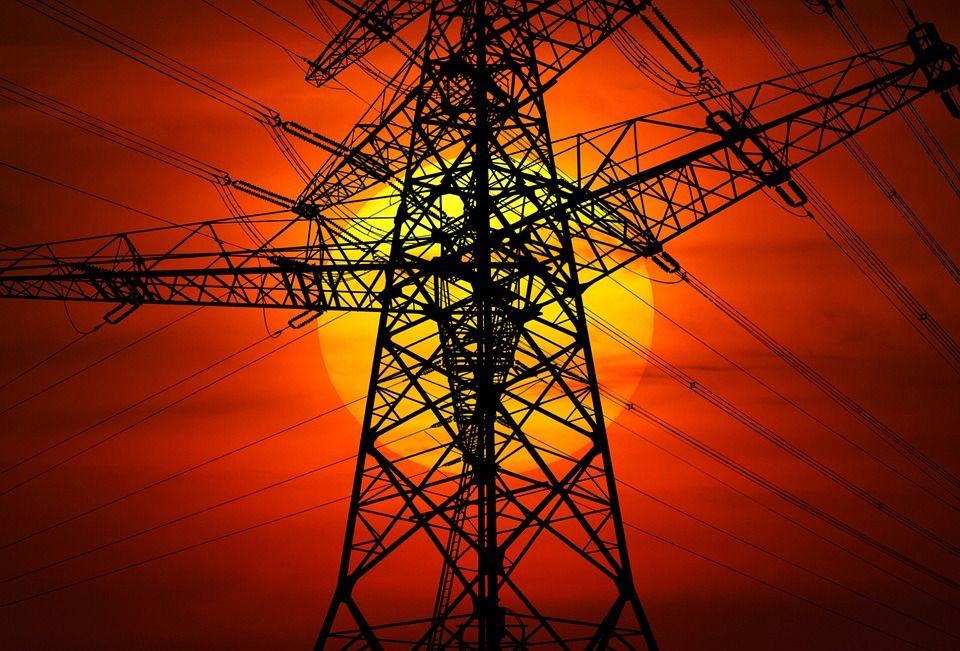Transmission line construction represents a business opportunity in the United States, both in maintenance and in upgrading and expansion.
First and foremost, the U.S. electric transmission and distribution infrastructure (the «grid») is comprised of a network of electric generation facilities, high-voltage transmission lines, substations and distribution lines that deliver power to homes and businesses.
The grid will continue to require significant maintenance, upgrading and expansion to continue to provide reliable and affordable power.
From MasTec‘s perspective, this will include reinforcing aging infrastructure, addressing future grid resiliency and modernization efforts («Smart Grid») and adapting to changes in energy supply, population shifts and distribution requirements, including the impact of the shift to electric vehicle technologies.
According to a June 2021 IBIS World report, U.S. industry revenue from power transmission infrastructure construction and repair work is forecast to approach $43.5 billion in 2021.
Looking ahead, future growth in electricity transmission and distribution infrastructure is expected from projects to digitize, modernize, strengthen and secure the grid against increasing levels of disruption from natural and man-made disasters, including extreme weather events, wildfires and potential cyber-attacks, as well as to address changing power supply and grid reliability requirements.
Transmission lines
The IIJ Act includes approximately $65 billion for electric infrastructure improvements, research and development of electricity transmission and distribution technologies, and smart grid technologies.
Funding focuses on grid reliability and security, renewable energy innovation and deployment, and securing critical supply chains for energy innovation.
Also included in the IIJ Act is $7.5 billion to invest in a national network of electric vehicle chargers.
According to the Department of Energy’s Annual Energy Outlook 2021, approximately 760 net gigawatts of new electricity generation capacity is projected to be added in the United States through 2050}.
Consequently, significant investment in transmission and distribution will be required by utilities.
In particular, clean energy production trends are expected to lead to increased investment in electric infrastructure, with a shift in the fuel mix toward cleaner, more sustainable energy sources, such as natural gas and renewables.
![]()

